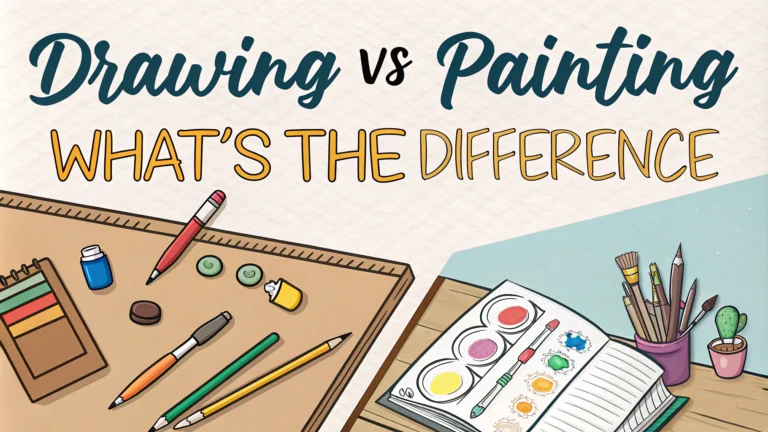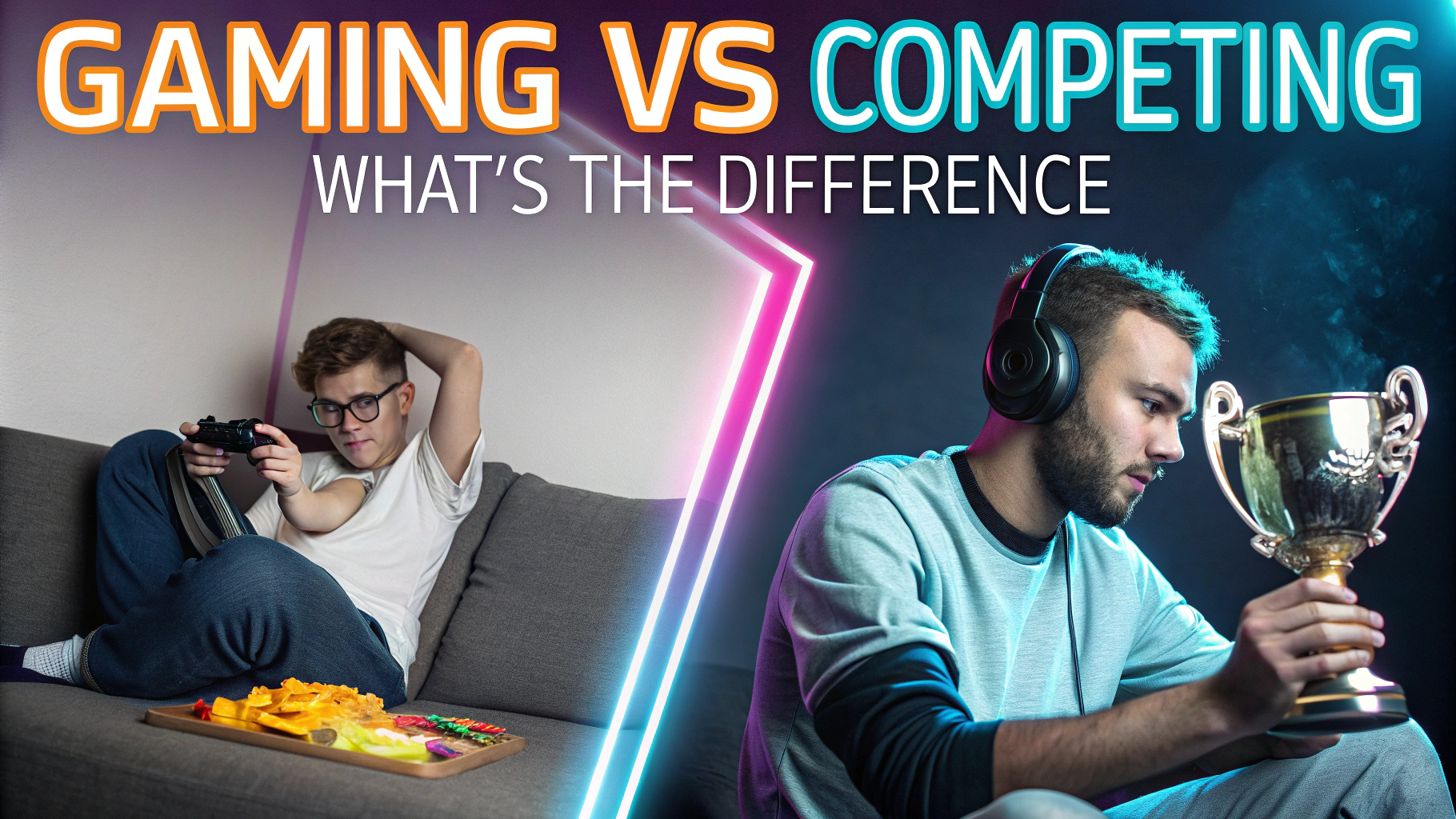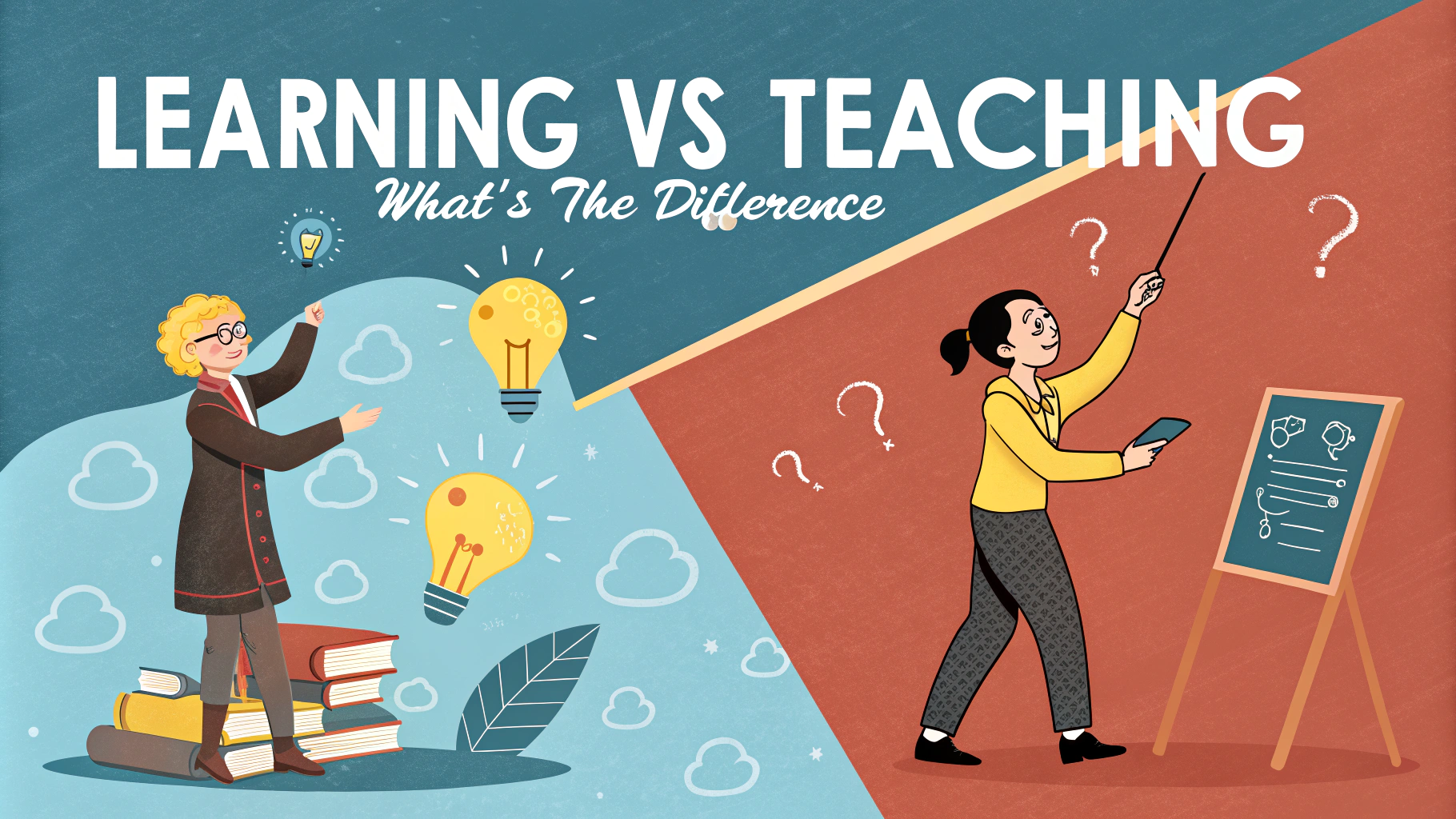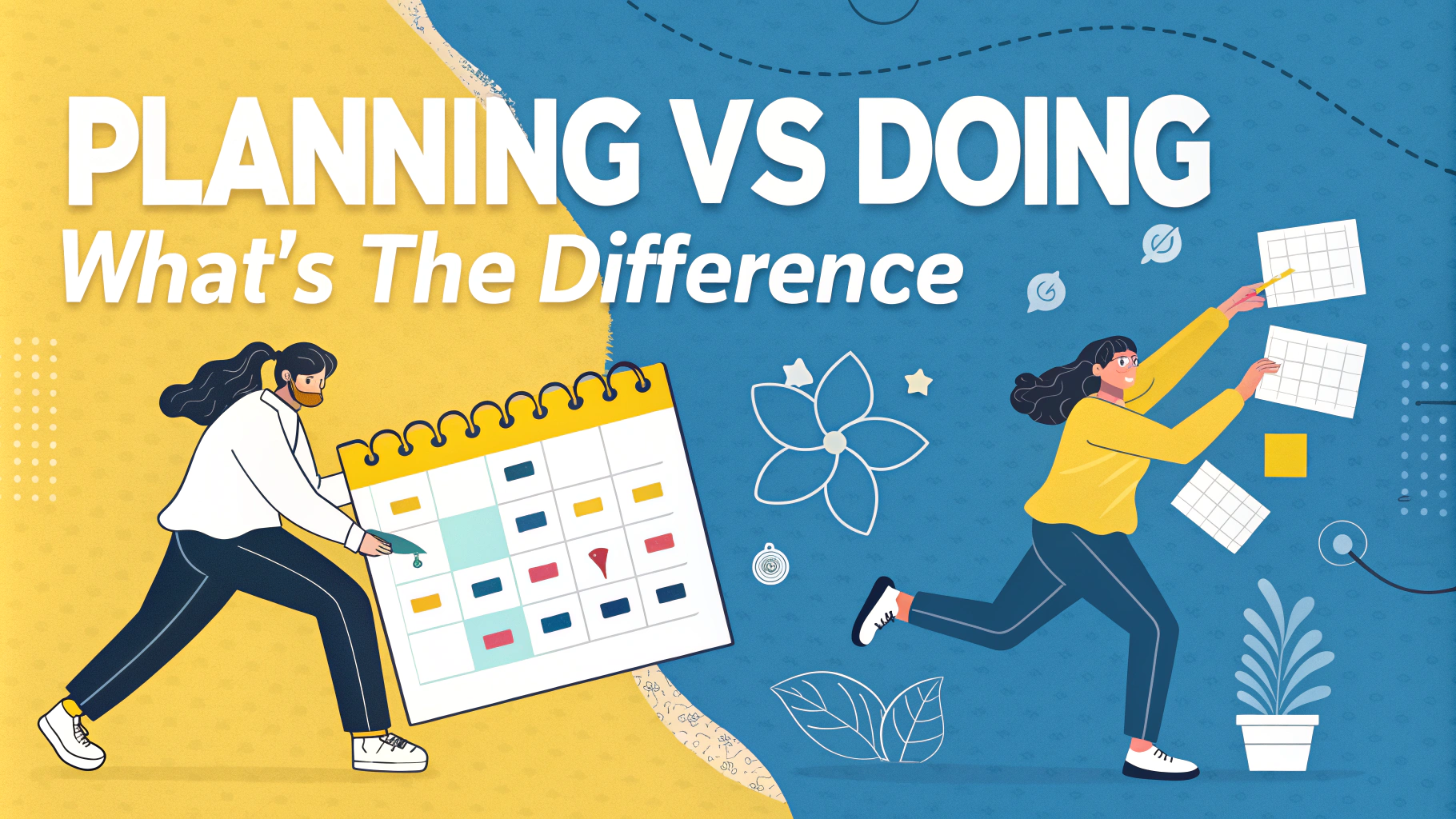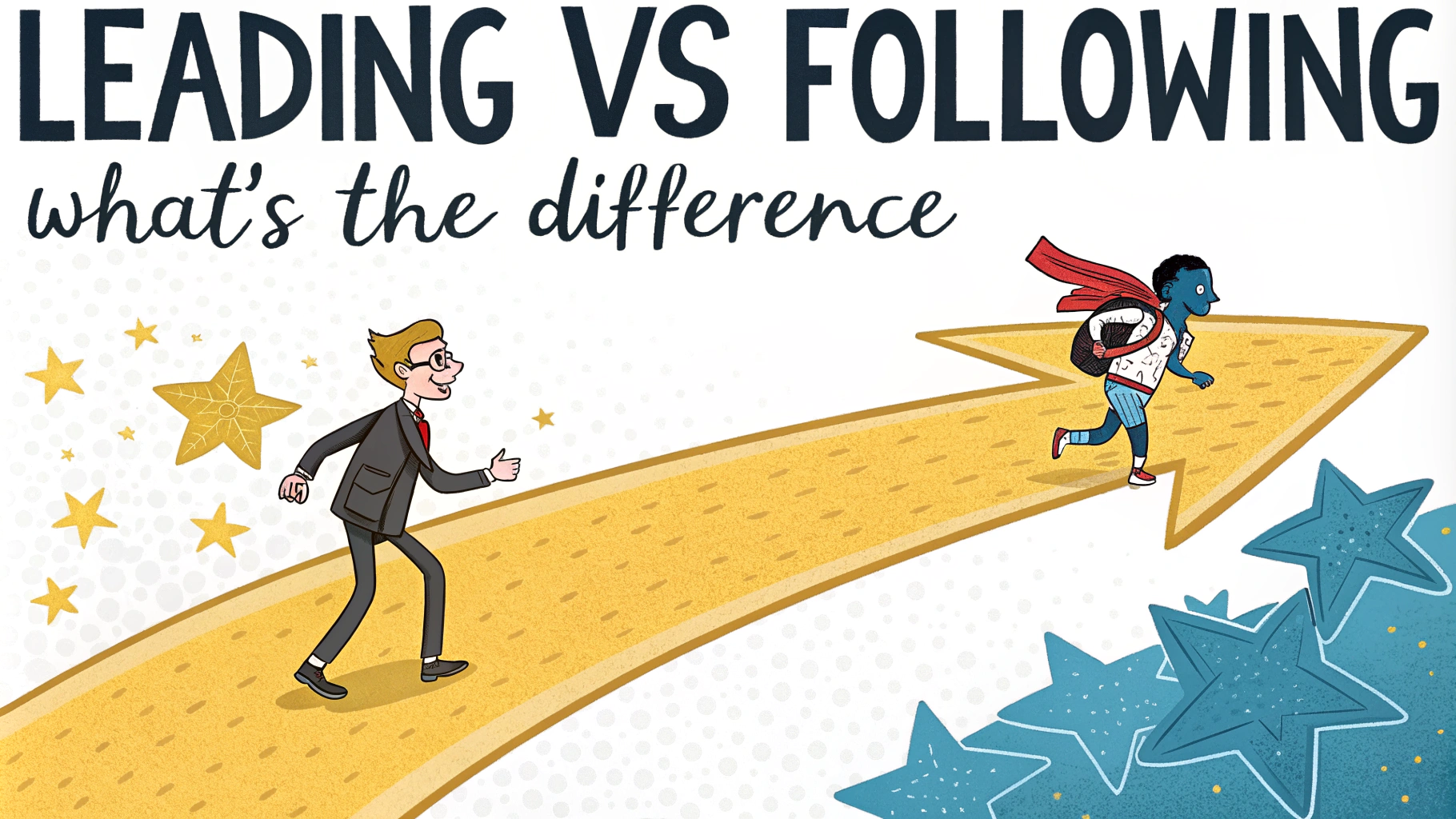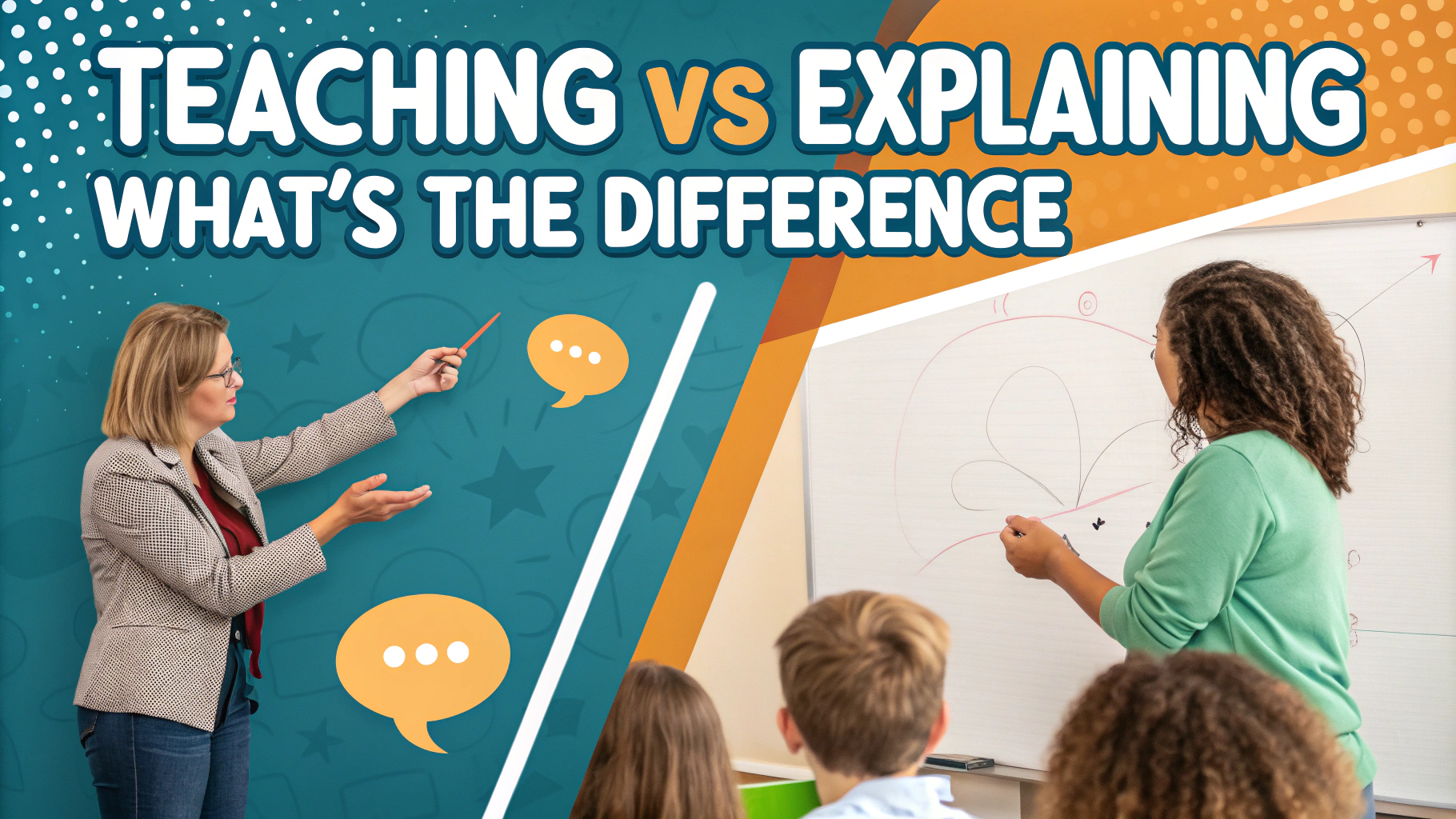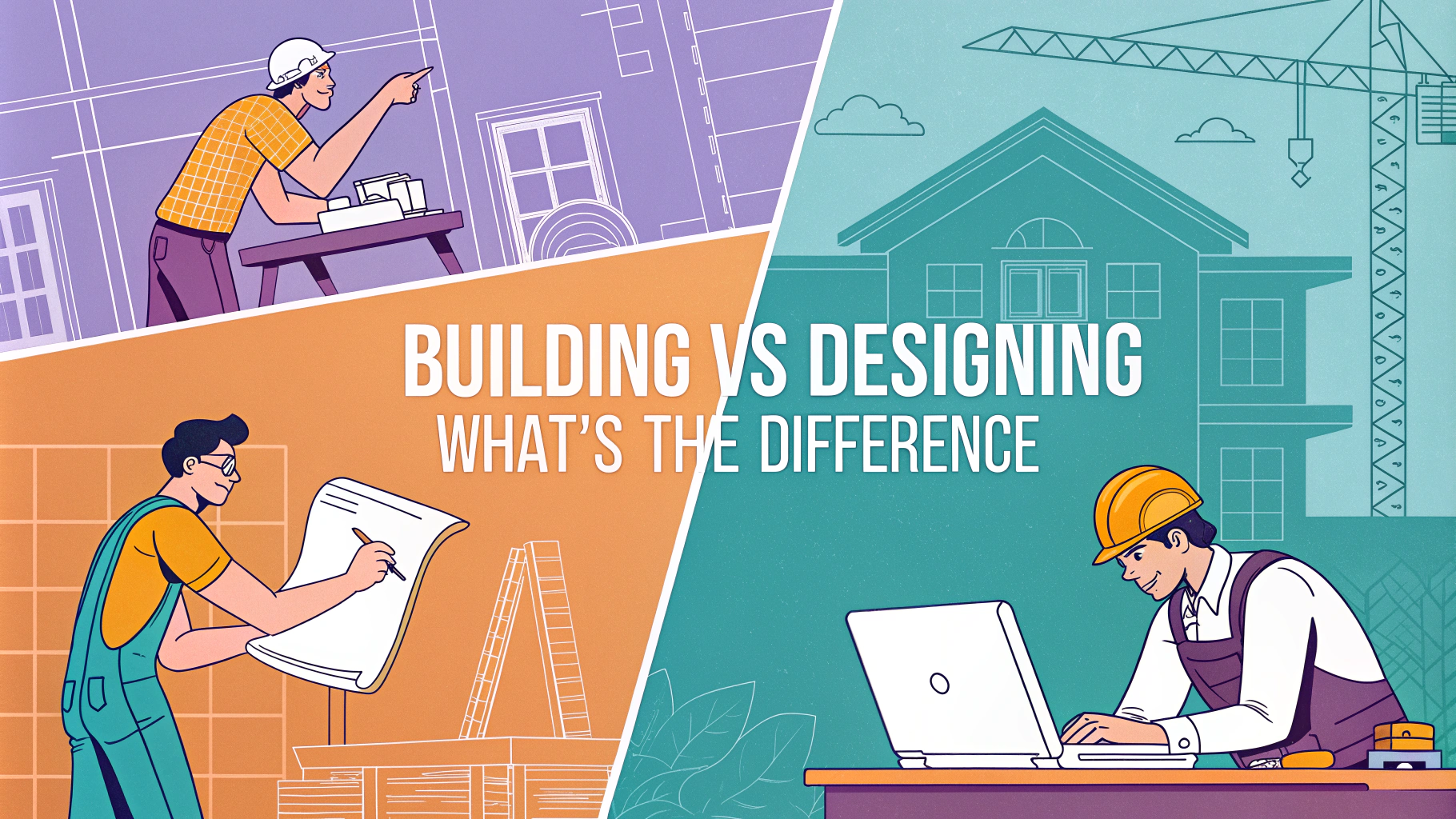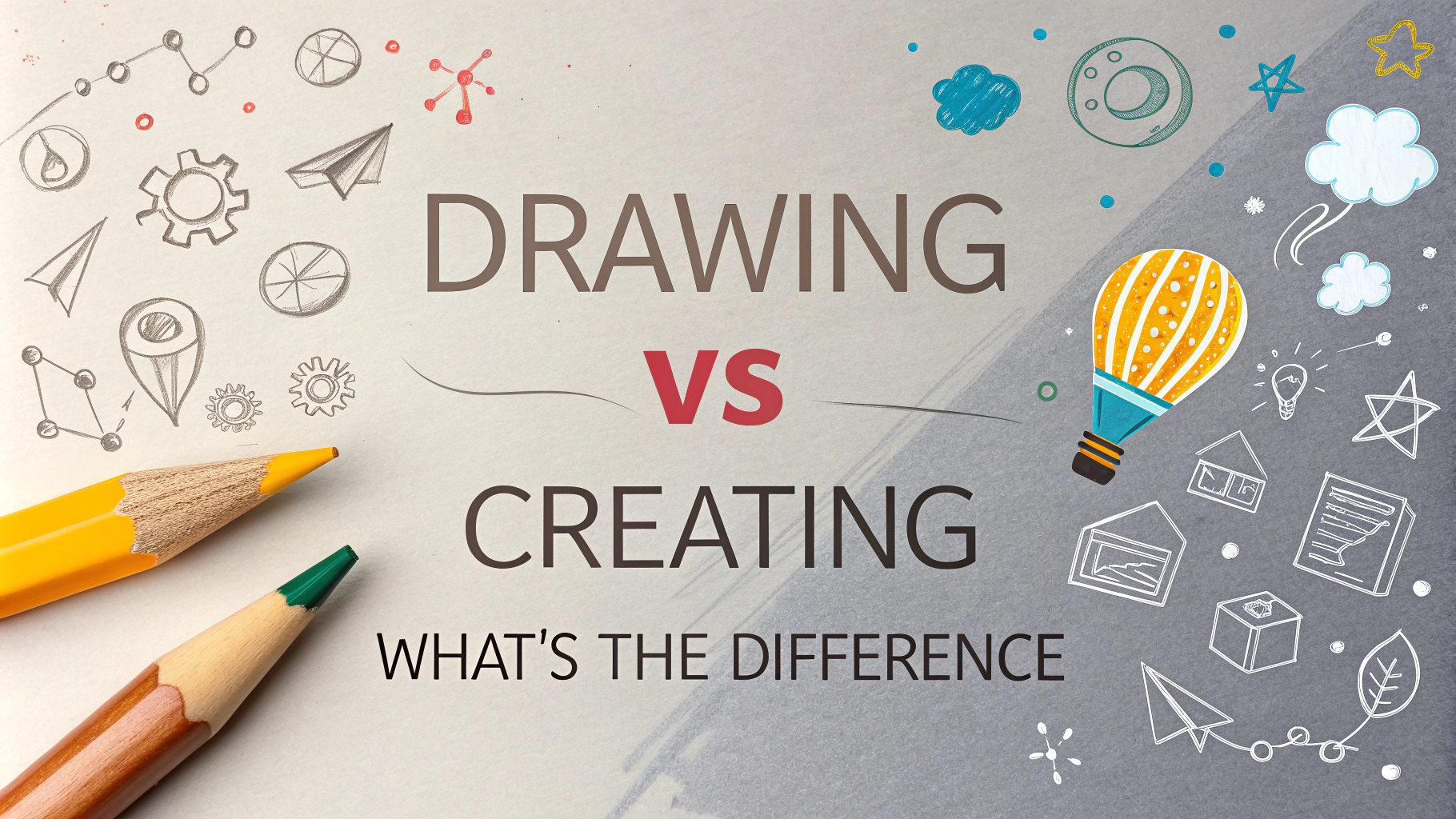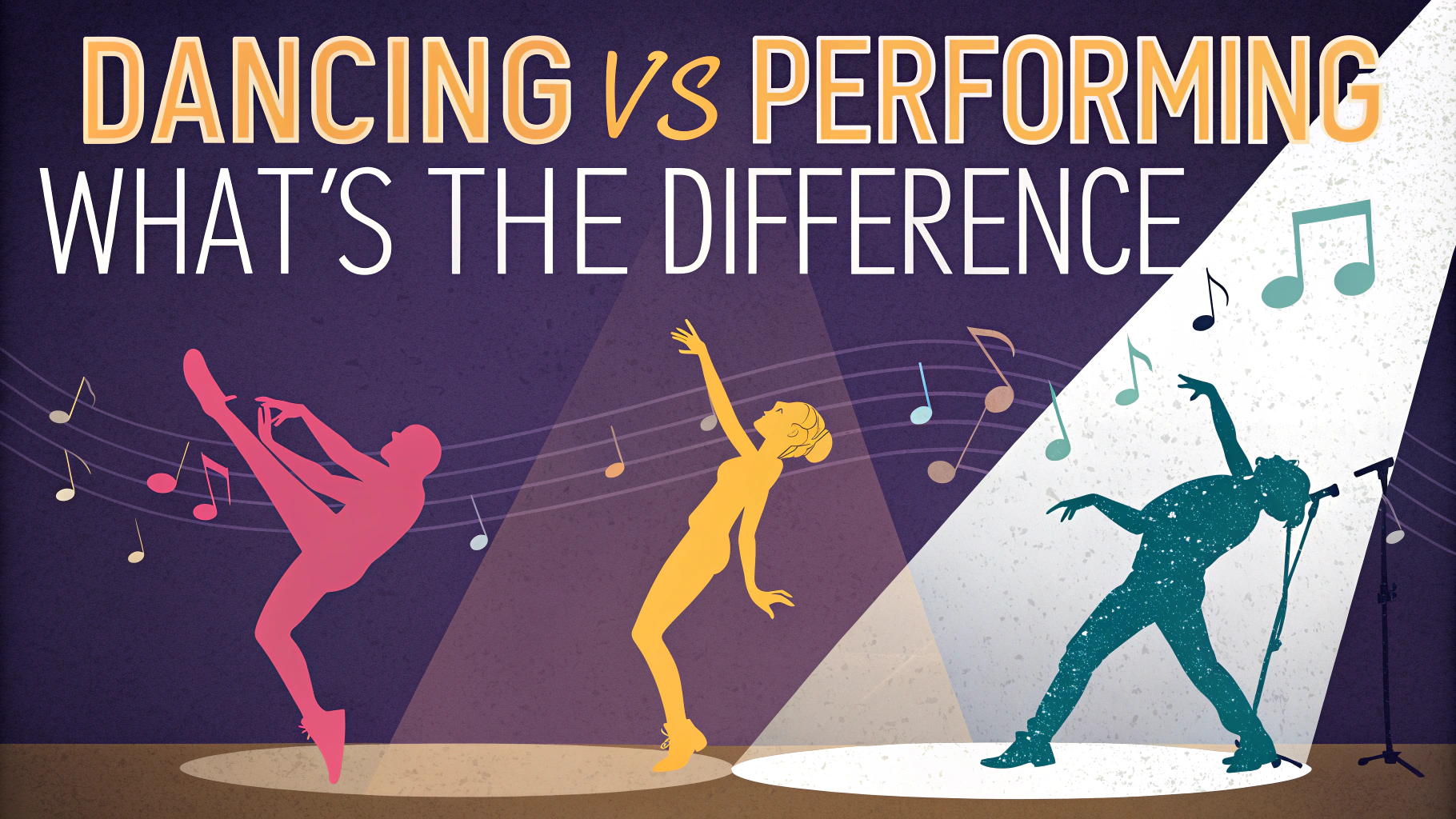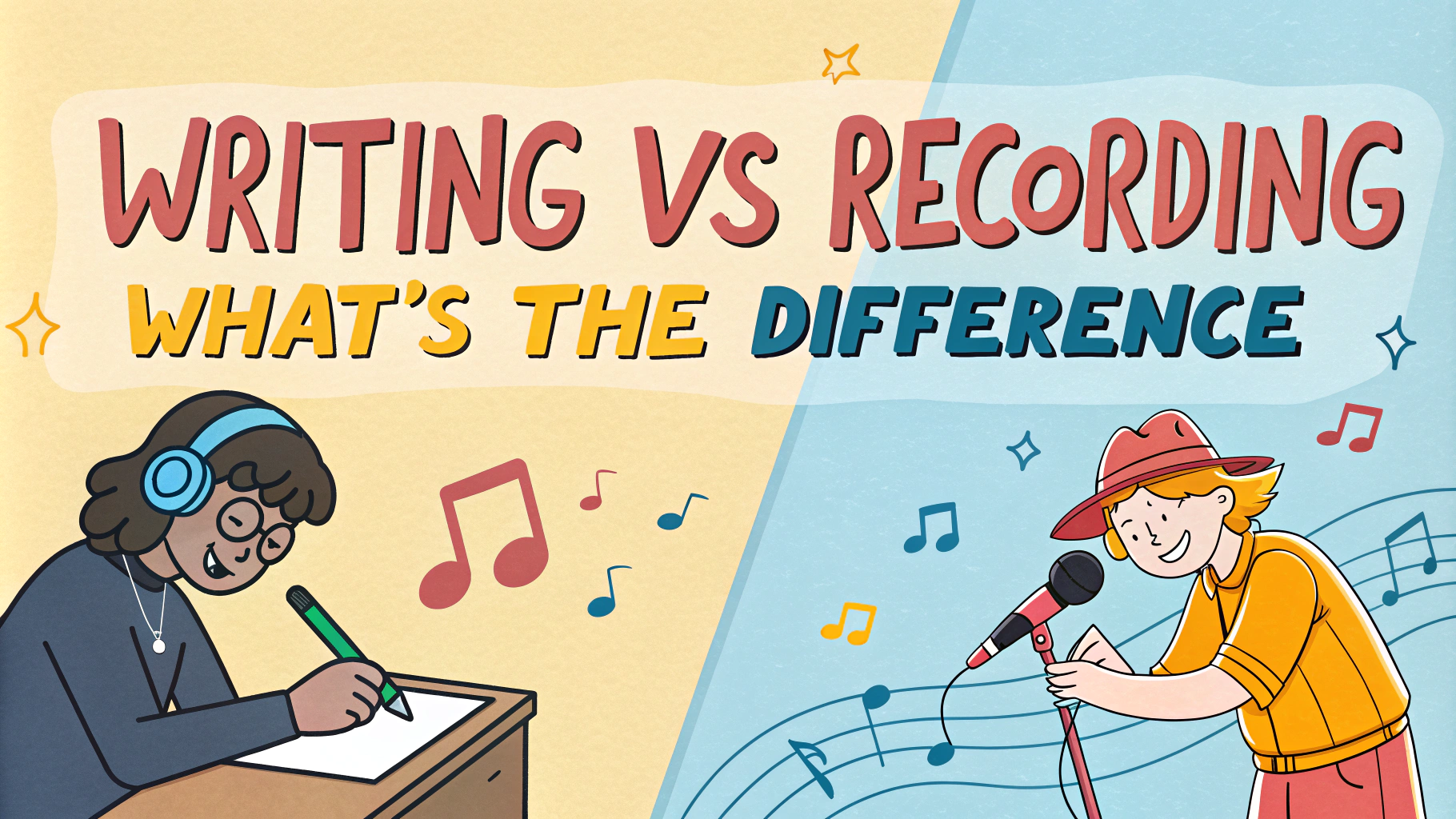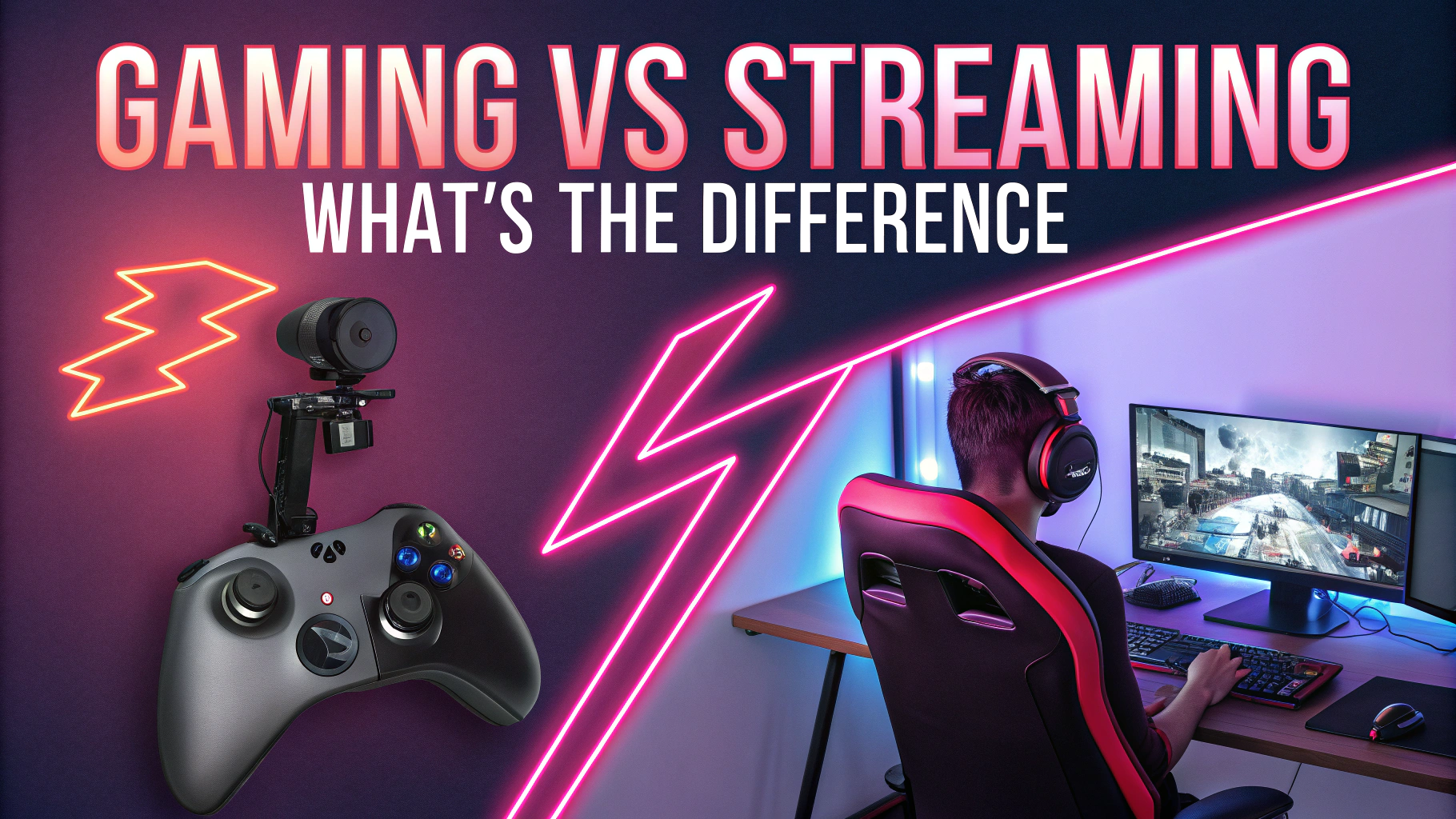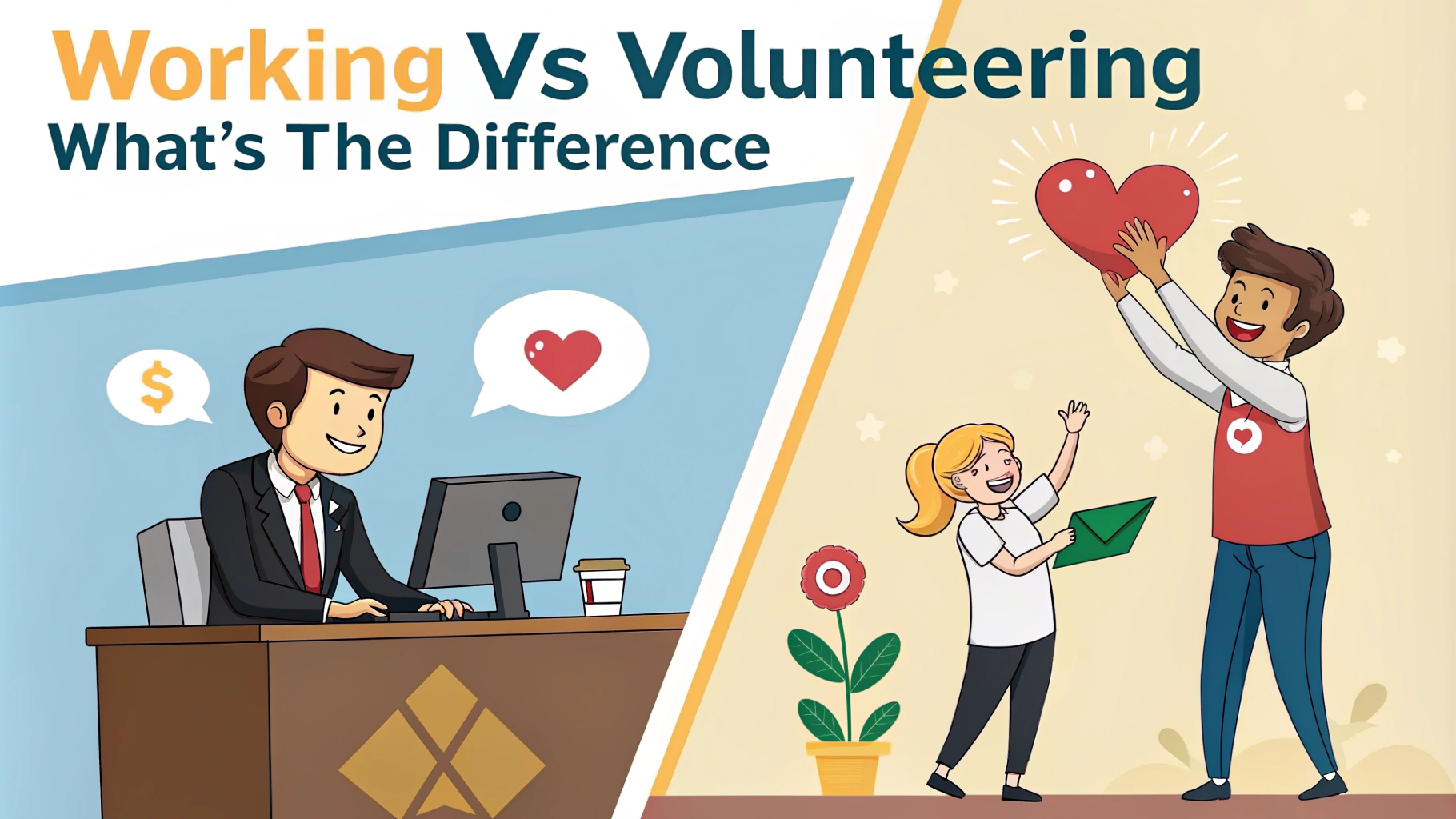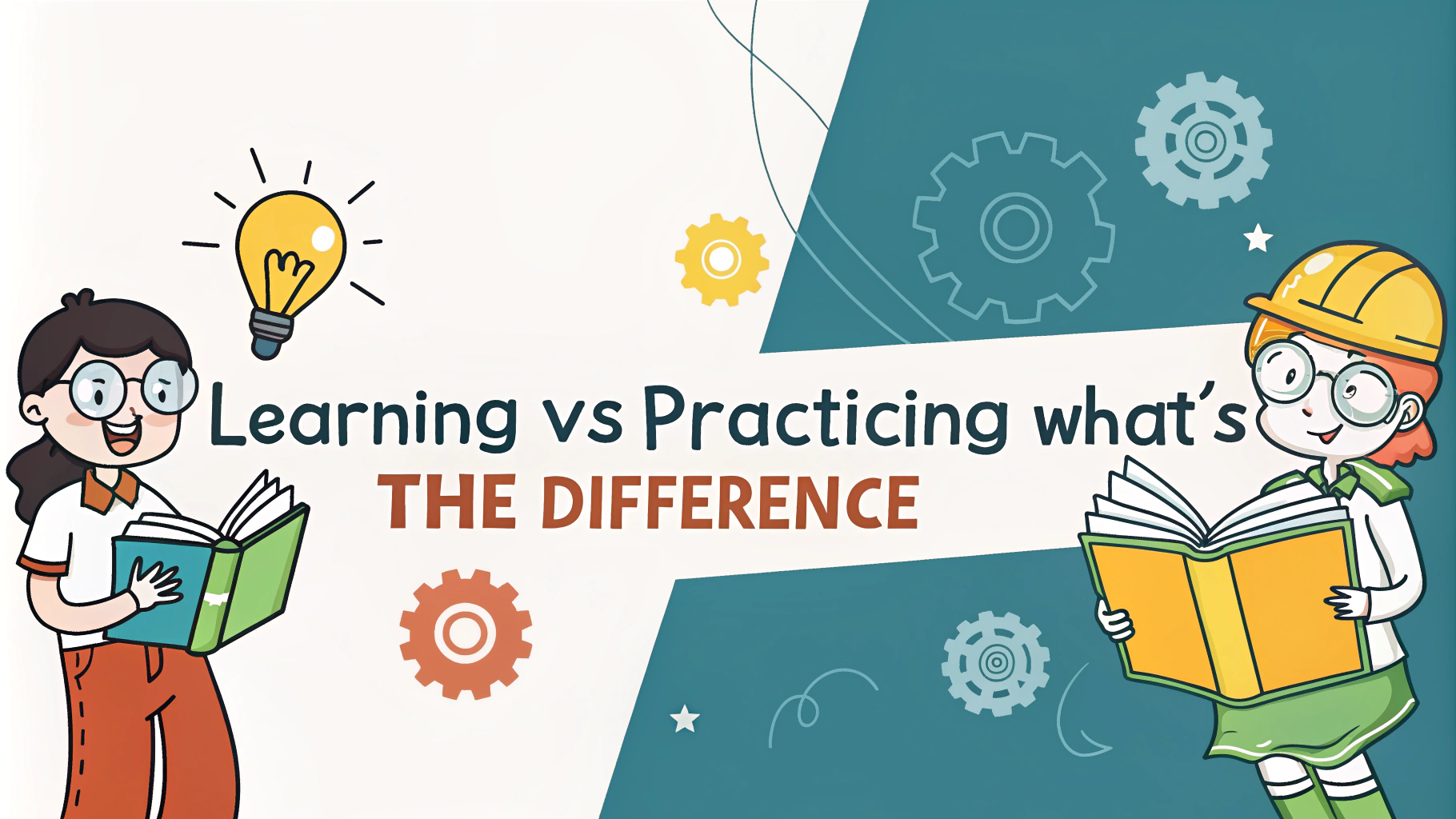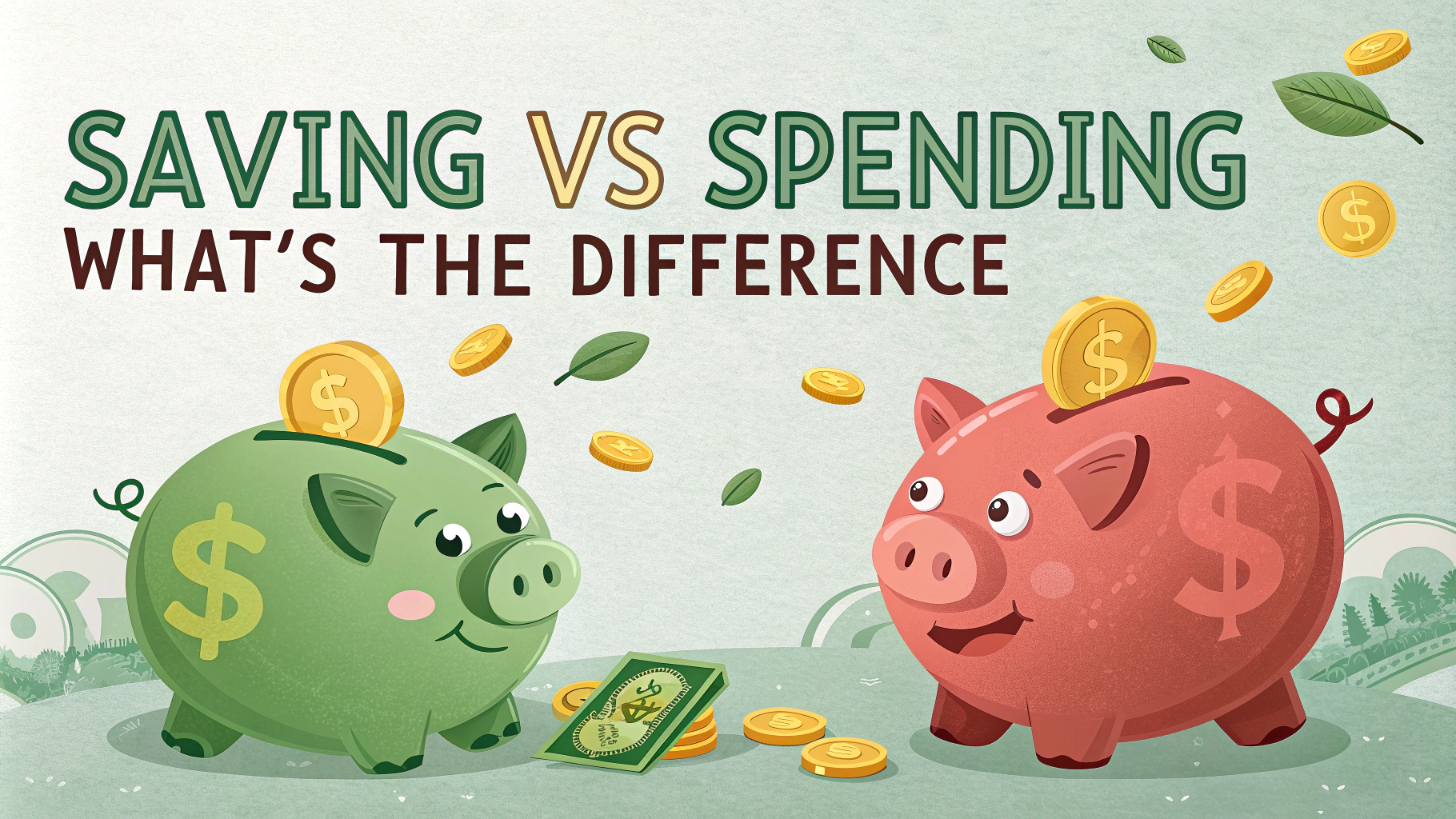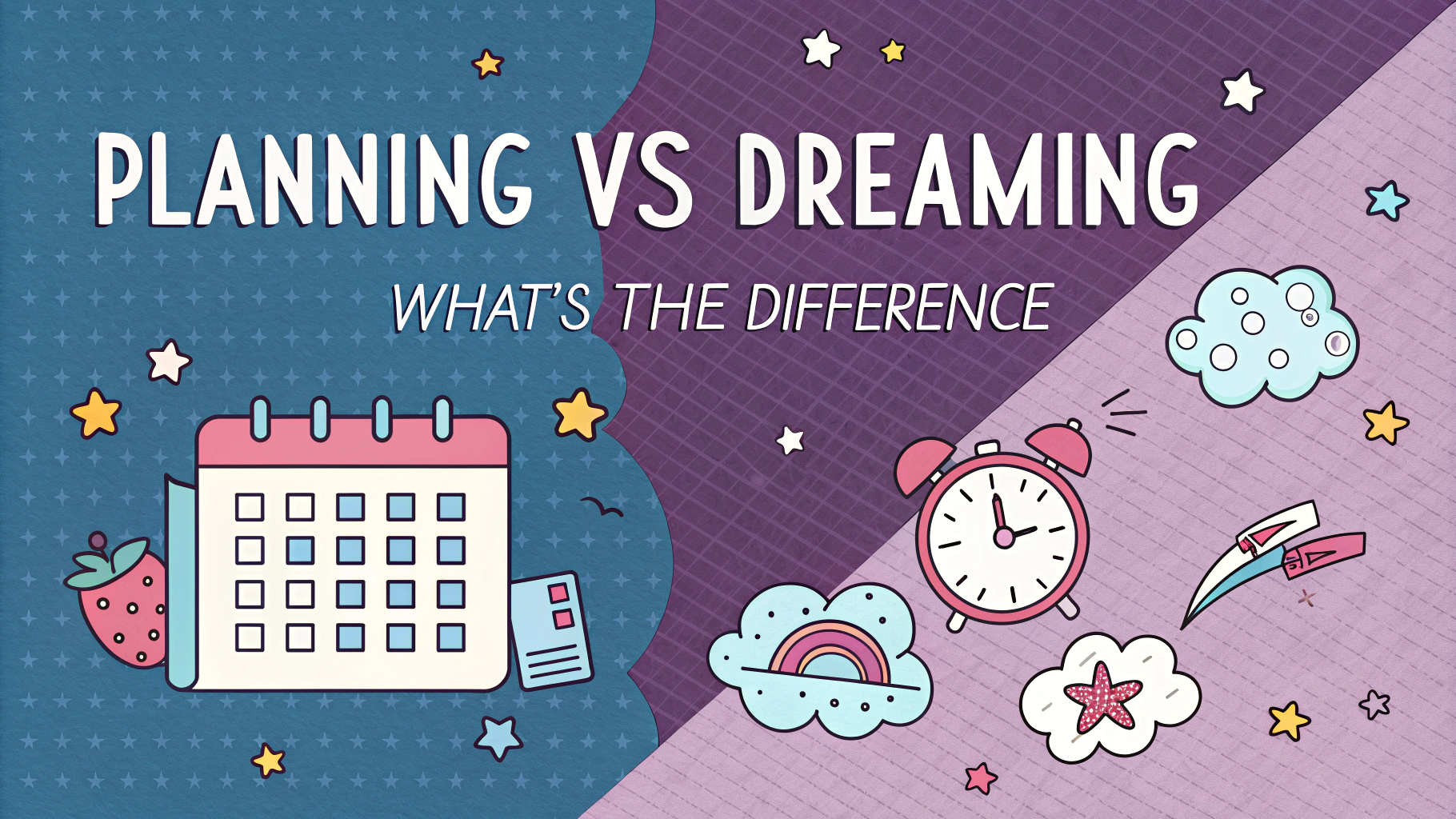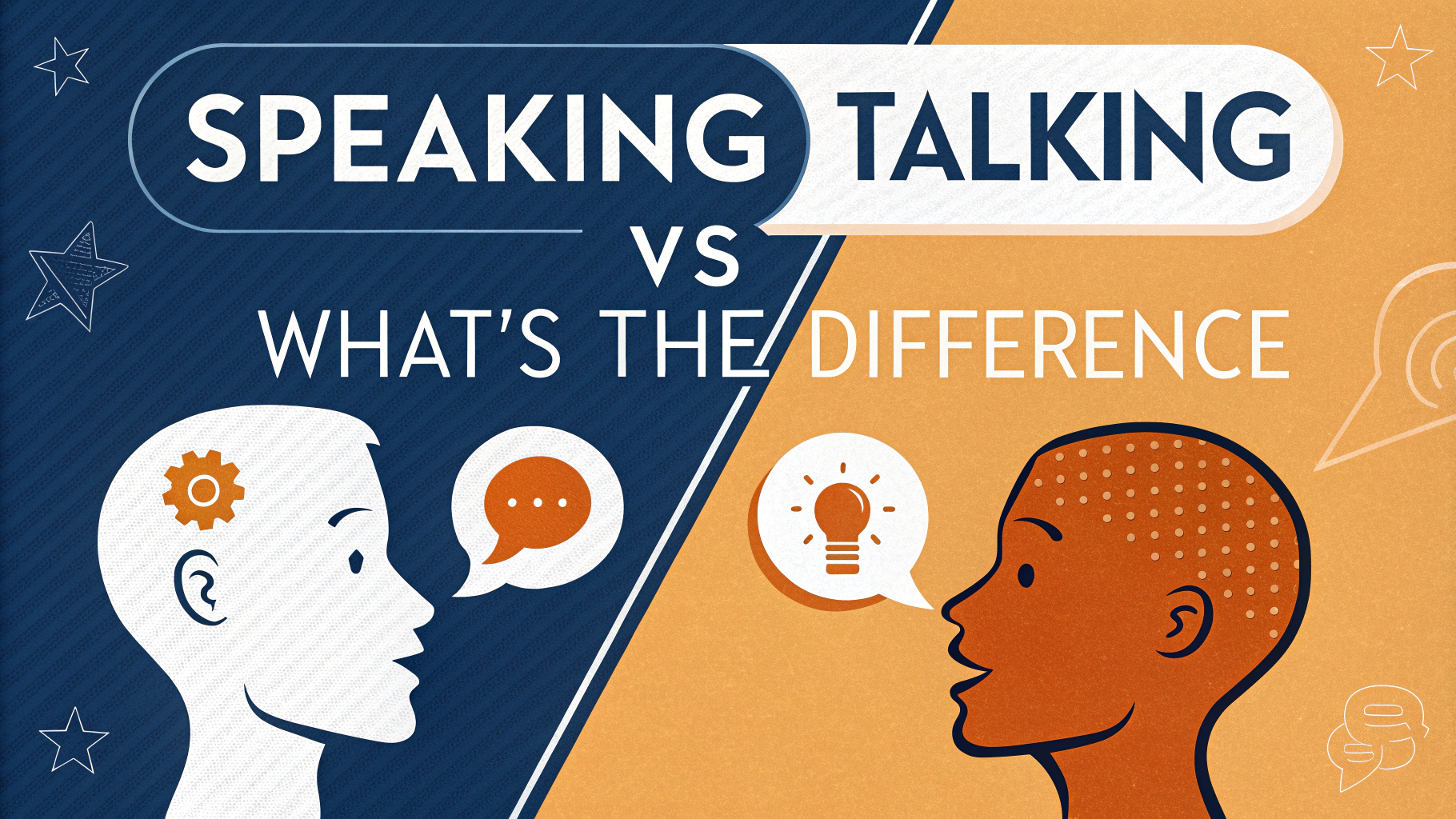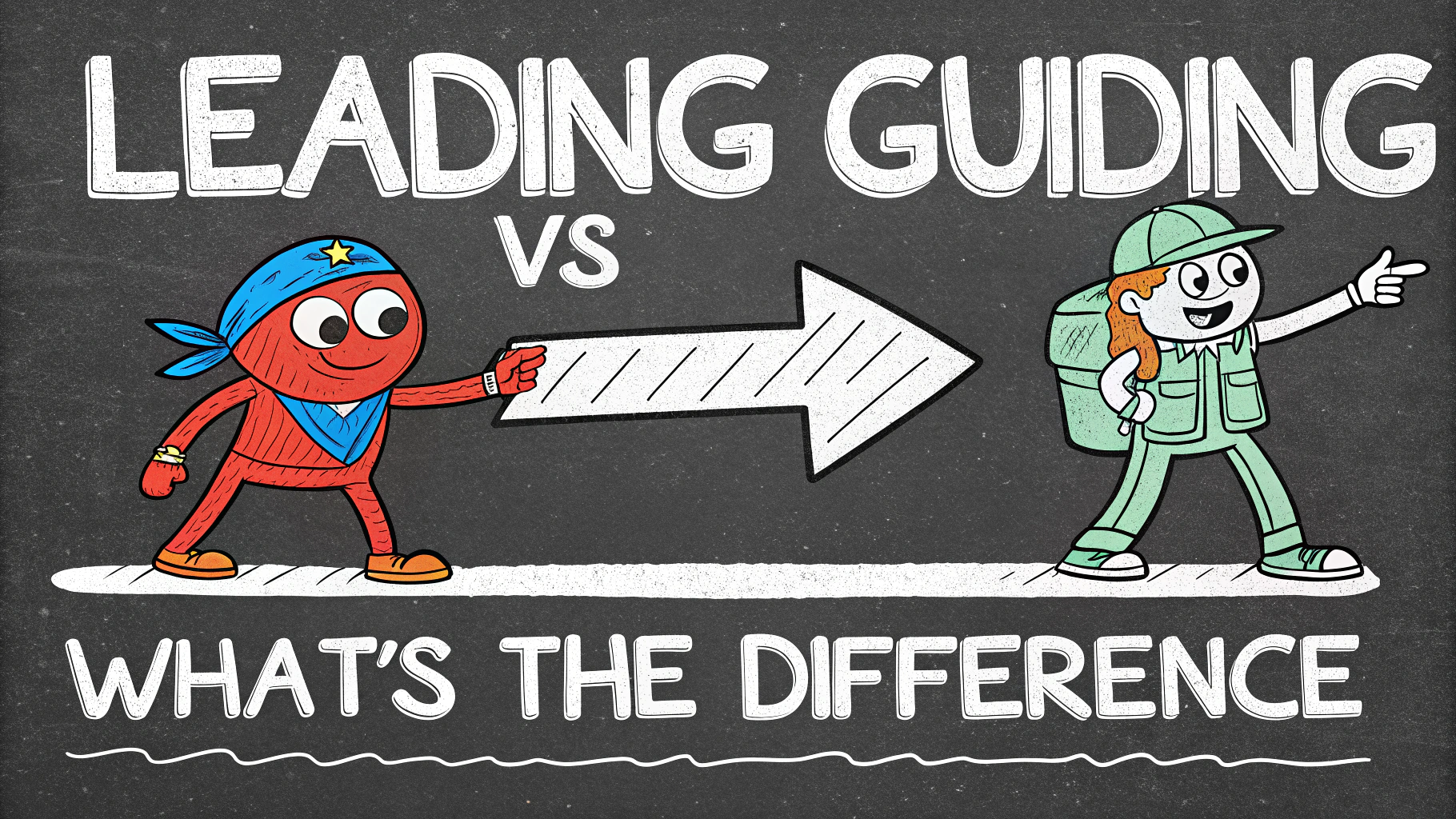The distinction between **drawing** and **painting** goes beyond the tools used – it’s about different approaches to creating art. Each medium offers unique ways to express creativity and capture visual ideas.
Artists often start their journey learning to draw before moving to paint, but both skills can be developed independently. Understanding the fundamental differences helps choose the right medium for your artistic goals.
Visual Arts Foundation: Drawing vs Painting Basics
Drawing focuses on **lines**, **contours**, and **forms** using tools like pencils, charcoal, or ink. Painting emphasizes **color**, **mass**, and **texture** through mediums like oils, acrylics, or watercolors.
- Drawing Tools: Pencils, pens, markers, charcoal
- Painting Tools: Brushes, palette knives, sponges
Essential Materials and Setup
Drawing requires minimal setup:
- Paper or drawing surface
- Drawing implements
- Eraser and sharpener
Painting needs more preparation:
- Canvas or painting surface
- Paints and mediums
- Brushes and cleaning supplies
- Palette and water containers
Skills and Techniques
Drawing emphasizes:
- Line control and pressure
- Hatching and shading
- Perspective and proportion
Painting focuses on:
- Color mixing and harmony
- Brush control and application
- Building layers and texture
Learning Curve and Development
Drawing typically offers a **gentler learning curve** for beginners. The primary focus on line work and form allows new artists to develop fundamental skills.
Painting introduces additional complexities with **color theory** and **medium management**, but can provide more immediate satisfaction through its expressive nature.
Artistic Expression and Personal Style
Drawing and painting shape artistic identity in different ways. The **line-focused nature** of drawing helps develop precision, while painting’s **color exploration** opens paths to emotional expression.
Different mediums support unique artistic goals:
- Drawing: Detail, precision, architectural work
- Painting: Mood, atmosphere, abstract concepts
Cost Analysis and Material Investment
Starting costs vary significantly between mediums:
Drawing basics:
- Quality pencil set: $10-30
- Sketchbook: $5-15
- Erasers and tools: $5-10
Painting essentials:
- Student-grade paint set: $30-50
- Basic brush set: $20-40
- Canvas pack: $15-30
- Additional supplies: $25-40
Professional Applications and Career Paths
Both skills open different career opportunities:
Drawing careers:
- Illustration and graphic design
- Technical and architectural drawing
- Animation and storyboarding
Painting careers:
- Fine art and gallery work
- Mural and set design
- Art therapy and education
Moving Forward with Art Practice
Select the medium that matches your goals and available resources. Consider starting with drawing to build fundamental skills, then expand into painting if desired.
Tips for progression:
- Practice regularly with simple subjects
- Join local art groups or online communities
- Document progress through a portfolio
- Experiment with combining both mediums
> “The key to artistic growth is consistent practice rather than perfect materials or techniques.”
Remember that both drawing and painting contribute valuable skills to your artistic development. Choose based on your interests rather than perceived difficulty or status.
Drawing vs Painting FAQs
Basic Differences FAQ
Q: What is the main difference between drawing and painting?
A: Drawing focuses on lines and marks using tools like pencils and pens, while painting involves applying pigments with brushes to cover areas with color.
Q: Can you use color in both drawing and painting?
A: Yes. While drawings traditionally use monochromatic materials, both mediums can utilize color through different tools like colored pencils, pastels, or paints.
Technical Questions
Q: Which is easier to learn first – drawing or painting?
A: Drawing is typically easier to begin with as it requires fewer materials and helps develop fundamental skills like:
- Hand-eye coordination
- Understanding form and shape
- Mastering perspective
- Control over marking tools
Q: What materials do you need to start drawing vs painting?
A: Basic starter materials include:
| Drawing | Painting |
|---|---|
| Pencils | Paint brushes |
| Paper | Canvas/paper |
| Eraser | Paints |
| Sharpener | Palette |
Long-tail Keyword FAQs
Q: Why do artists learn drawing before painting?
A: Drawing builds essential foundational skills in composition, proportion, and form recognition that transfer directly to painting abilities.
Q: Can digital art be considered drawing or painting?
A: Digital art can be both – digital drawing uses line-based tools like tablets and styluses, while digital painting involves brush tools and color filling techniques.
Q: Which is more expensive as a hobby – drawing or painting?
A: Painting typically costs more due to the need for multiple paint colors, brushes, canvases, and additional supplies like easels and palettes.
Q: How long does it take to master drawing vs painting?
A: Both skills require years of practice. Drawing fundamentals can be grasped in 1-2 years of regular practice, while painting mastery often takes 5-10 years.
Q: What’s better for beginners – watercolor or pencil drawing?
A: Pencil drawing is generally better for beginners because it offers more control and is more forgiving of mistakes through erasing.
Q: Can you make money from drawing vs painting?
A: Both can be profitable through:
- Commission work
- Original art sales
- Print sales
- Teaching
- Commercial illustration
Q: Which medium is better for portraits – drawing or painting?
A: Both are effective for portraits. Drawings excel at capturing likeness through line work, while paintings can better convey skin tones and subtle color variations.

